A Byron Bay man reveals how his innovative beehive design scooped around $16.8 million in advance orders to more than 130 countries when he launched a crowd funding campaign.
#9News

A Byron Bay man reveals how his innovative beehive design scooped around $16.8 million in advance orders to more than 130 countries when he launched a crowd funding campaign.
#9News
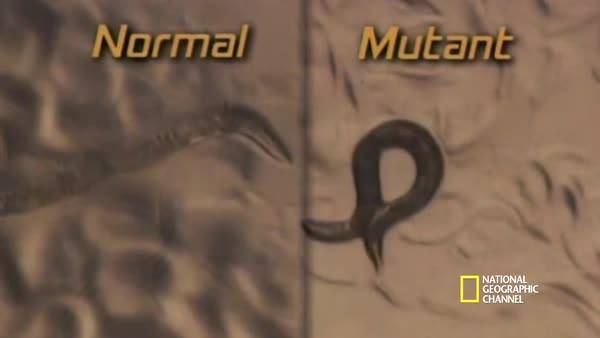
I did not see this special, but the usual negative comments follow the vid.
Aging itself IS modifiable. The question now is, is it modifiable in us?
Find out on Breakthrough, premiering Sunday 9/8c.
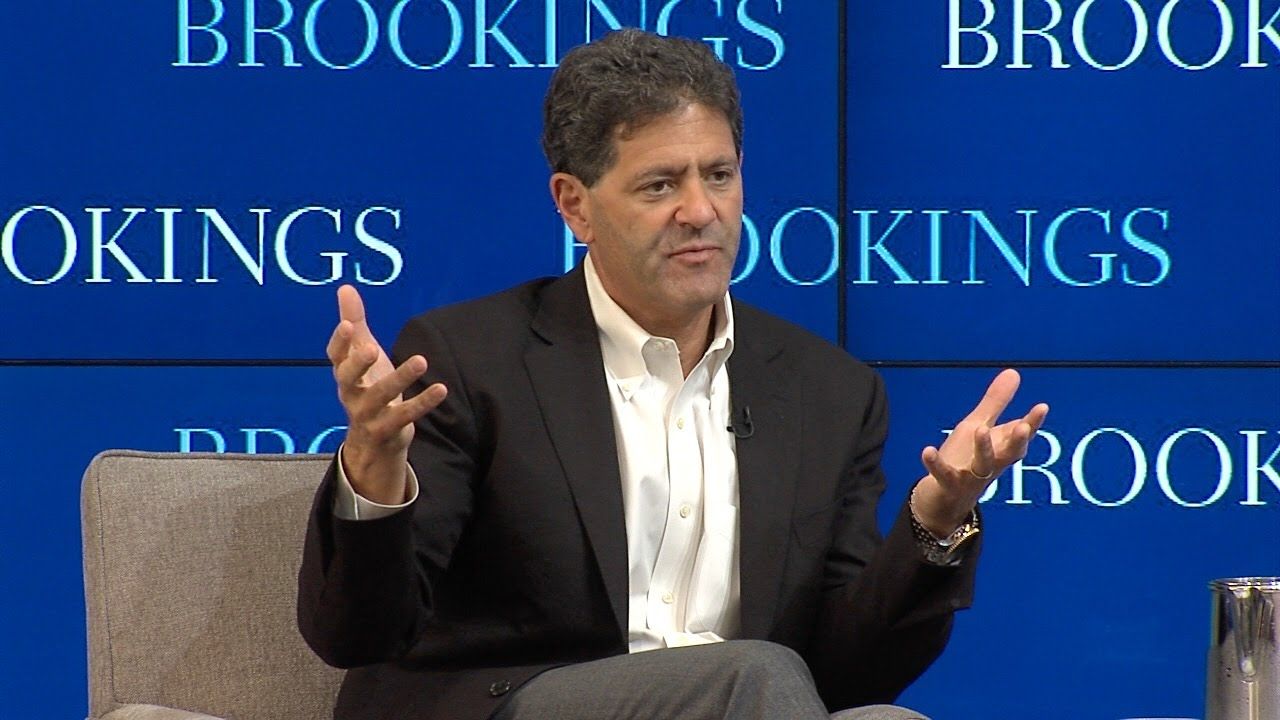
On October 26, the Center for Technology Innovation at Brookings hosted a forum to explore the impact of robots, artificial intelligence, and machine learning on the workforce and the provision of benefits traditionally supplied by—or in conjunction with—employers.
http://www.brookings.edu/events/2015/10/26-robotics-employme…efits-west
Continue reading “How robotics will affect the availability of employment and social benefits” »
Students from Calgary win first prize at the Biomimicry Global Design Challenge, for their invention of a electricity-free cooling unit.
(Phys.org)—Scientists have built a battery containing a magnetic fluid that can be moved in any direction by applying a magnetic field. The magnetically controlled battery concept could be especially useful for flow batteries, where it could eliminate the need for the pumps that are typically required for moving the electrolyte from an external storage tank to the inside of a power stack to provide electricity. Flow batteries are being actively researched as large-scale energy storage devices for power grids, where they could store energy captured by intermittent alternative energy sources such as wind and solar.
The researchers, led by Yi Cui, Professor at Stanford University, have published a paper on the new magnetically controlled battery in a recent issue of Nano Letters.
“The greatest significance of our work lies in the innovative idea of using a magnetic field to control and enhance the mass and electron transport in a battery system,” lead author Weiyang Li, previously at Stanford University and now at Dartmouth College, told Phys.org.
 Organovo is one of the most fascinating companies that we follow–and quite continually–as the dynamic company has kept the momentum rolling with one scientific breakthrough after another.
Organovo is one of the most fascinating companies that we follow–and quite continually–as the dynamic company has kept the momentum rolling with one scientific breakthrough after another.
Famous for the design and creation of functional human tissues for medical applications, we’ve recently also been following Organovo and other partnerships in researching human tissue as well as offering the first 3D bioprinted liver product.
It’s just been recently announced that Uniquest signed a worldwide licensing agreement with Organovo to patent kidney cells from induced pluripotent stem cells (iPSCs). Professor Melissa Little and her team at Uniquest have actually been able to grow kidney tissue which should prove to be helpful in not only drug screening but also disease modeling and cell therapy.
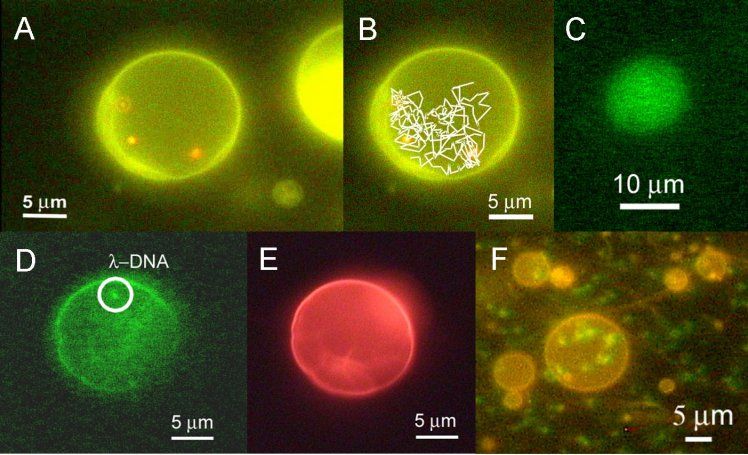
Fear of scientists “playing god” is at the centre of many a plot line in science fiction stories. Perhaps the latest popular iteration of the story we all love is Jurassic World (2015), a film I find interesting only for the tribute it paid to the original Michael Crichton novel and movie Jurassic Park.
Full op-ed from h+ Magazine on 7 October 2015 http://hplusmagazine.com/2015/10/07/opinion-synthetic-biolog…f-mankind/
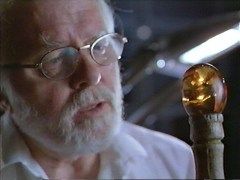 In Jurassic Park, a novel devoted to the scare of genetic engineering when biotech was new in the 1990s, the character of John Hammond says:
In Jurassic Park, a novel devoted to the scare of genetic engineering when biotech was new in the 1990s, the character of John Hammond says:
Continue reading “h+ Magazine: Synthetic Biology — The True Savior of Mankind” »
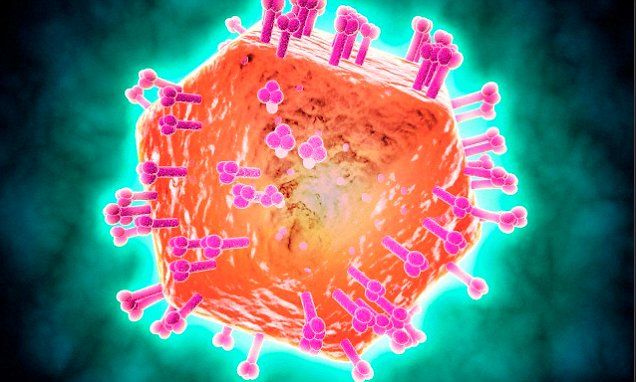
Scientists in the UK and Australia have identified three biomarkers, which when they attached to T-cells (part of the immune system) in high numbers prior to anti-retroviral therapy, increase the chance of early rebound.
Treating cancer by boosting the immune system has been hailed as a major breakthrough in cancer treatment. It may melt away tumours in some patients but it isn’t always effective, and can even be dangerous.
The FDA approved two new immunotherapy drugs in 2015, and over half current cancer trials now involve immunotherapy. The field has the potential to completely change cancer treatment, but it’s still early days.
